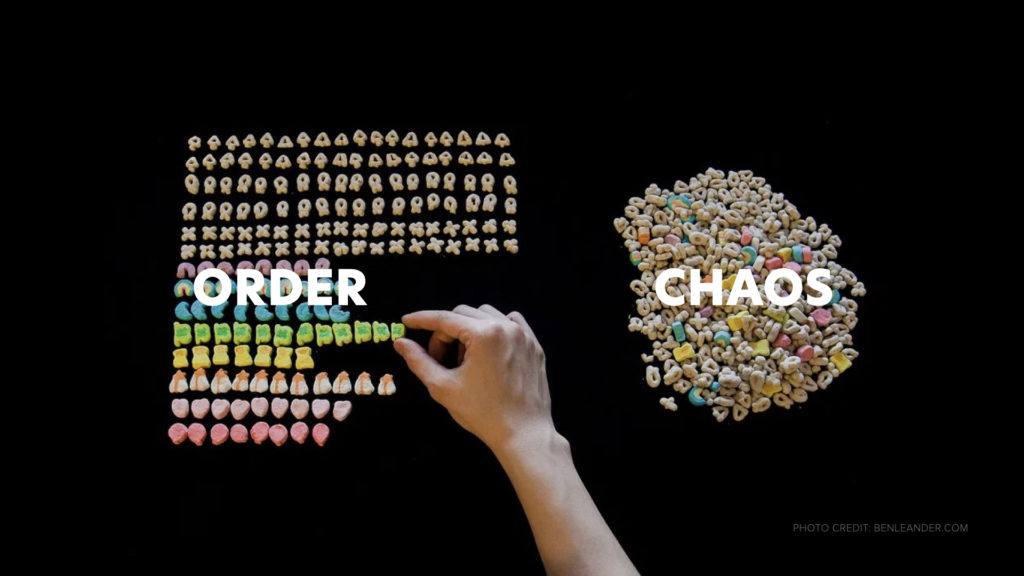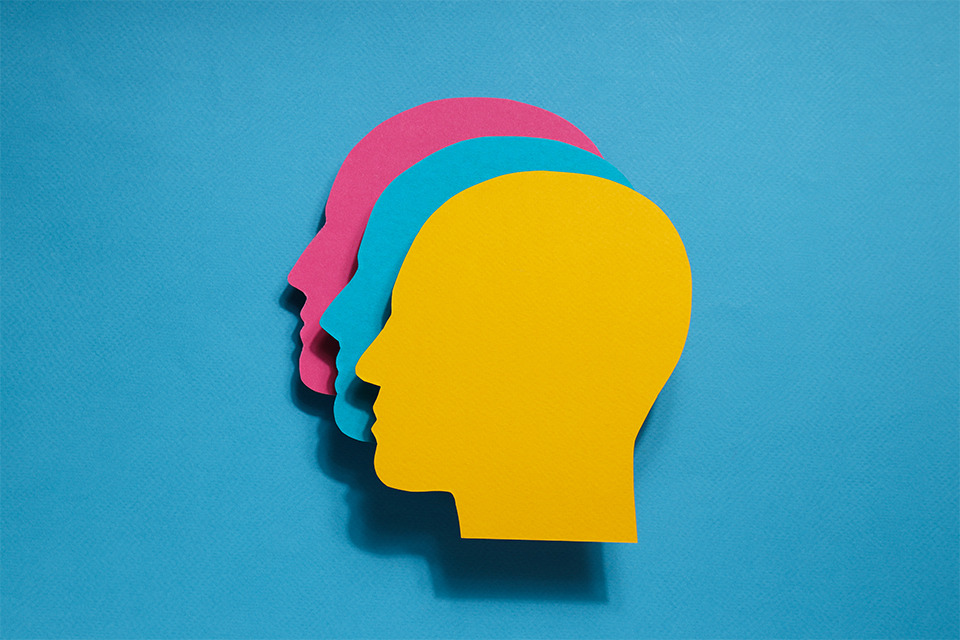A Look Into a Creative’s Not-so Creative Process
The Everbrave team is full of creatives and we often get asked how we come up with ideas: how do we put forward creative work week in and week out? Is it a collaborative effort or one guiding voice? The answer to how we create is not so creative after all: it’s all part of a meticulously crafted and time-tested process.
What does it mean to be creative?
Sure, you’re probably thinking about Don Draper: the ad man with swagger that gets his way even if the client doesn’t like it. But that’s not exactly the benchmark for creativity or really how a creative agency works.
A creative person has a knack for bringing order to chaos. You connect the dots between you and your team, the client, and the customer. You paint a picture to present possibilities.

4 Fundamentals of the Creative Process
1. Importance of Briefs
It’s also stressful having to brief multiple team members over and over – or even if a project changes hands mid-way through a project – briefs are great for sharing knowledge and maintaining a consistent story. The process of retelling details and bringing people up to speed is exhausting, inefficient use of time, and lends itself to different interpretations with each iteration. Briefs are the compass of a project, helping everyone involved to be laser-focused on the end goal.
3 Types of Briefs
Client Brief
This brief is the foundation of the work you will produce. You’ll ask a client some high-level questions about their brand and that, in turn, will help you to step into their shoes. Who are you trying to become? What are you trying to accomplish, who is your audience and who are you competing with?
Project Brief
A project brief may seem self-explanatory, but this is where you will determine the actions you need to take to meet the objective. To knock it out of the park, you need to know the what, the how, and who will help you make it happen.
Creative Brief
This is the inspiration piece. Ideas will come to you more easily if you’ve gained an understanding of the client and the project that you’re working on. Now all you have to do is ask yourself: what is the most important thing I need to know and what is the tone I want to convey? The Client and Project briefs will start informing ideation and creativity will begin to flow organically. Be brief, no pun intended, and thoughtful. Prepare your briefs for your audience: a brief for your internal team will be slightly different than one for a contractor or client.
2. Knowledge is Power
As a creative, you need to be able to draw from your knowledge at any given time to solve problems and spark ideas. But ideas don’t just appear out of thin air; you need to be curious. So really, curiosity is power.
Curiosity is about learning, growing, and building empathy. As a creative, you want to always be deconstructing the world in front of you, experiencing it in a way that keeps things fresh. This will train your brain to be resourceful, seeing the skills of your team, encouraging relevant ideas, and cultivating a thirst for knowledge that will help you push the envelope.
Surround yourself with people who are smarter than you, people from different cultural backgrounds, people that challenge you to see your blind spots and your biases. Diversity of ideas adds depth, beauty, and meaning to everything we do.

Be aware of trends. Ask yourself if your client is an Innovator, Trendsetter, Early Adopter, Mainstreamer, or a Lagger. Are you presenting a style that the client is trying to achieve, does it fit with the brand, and how can you encourage them to be different so they don’t become basic? “Blanding” happens so often in the branding world. Trends may look flashy and cool, but do they stand the test of time? Or are your ideas blanding in?
3. Introduction of Play
Everyone thinks play is the opposite of work, but that’s sort of a cliche way of looking at it. Play is actually the opposite of boredom. Play can be exploratory, constructive, role play, and social play. The general concept of play is to act as a primer to help you think differently, to defer judgement, to move away from over-analyzing, and to give people an equal opportunity to contribute.
So, when should you play? It’s particularly useful when brainstorming because every idea has value. Team building, networking, presenting; if people are involved, playing will be beneficial.
Oh, and: play every day.
Play sparks curiosity (curiosity is power, remember?). It’s an engaging way to build culture and trust. It shifts the responsibility of idea-building to everyone so that new ideas and opportunities can be brought forth. It helps in solving problems. And it’s just plain fun.
4. Art of Presentation
Rarely does great work speaks for itself. Your presentation should be like a captivating story, where your ideas come to life and the reader (client) can’t wait to hear more. A presentation can make or break a brilliant idea.

The key to a good presentation starts from the moment you meet your client. Bring them in early and take them on the creative journey so they feel connected to the ideas. Help them connect the dots by reminding them of the objective and use foreshadowing early on in the presentation.
Take subjectivity out of the picture. For example: colours are very subjective but leaning into colour theories and psychology to support the creative becomes a logical choice.
Predict and prepare. Predict some of the client’s questions and answer them before they have the chance to ask. Be prepared with the rationale behind your choices so you can support your presentation.
Make it real for them. Help your clients visualize what you’re talking about by putting the ideas into context. This will allow them to connect with it and encourage an emotional response.
Put a little wow into it. Creating a moment of delight prior to the presentation, like sending them a box full of goodies with an augmented reality video, are the little things that add value to the overall experience.
We believe everyone is creative, the magic is how you can provide opportunities for people to be just that. For years we’ve struggled with communicating the value of creativity but what we find is that it adds so much to every part of our business; either coming up with a new idea for our client or finding new ways to be efficient in our processes. Creativity is in our DNA, it is part of our culture, and is what makes us unique.



